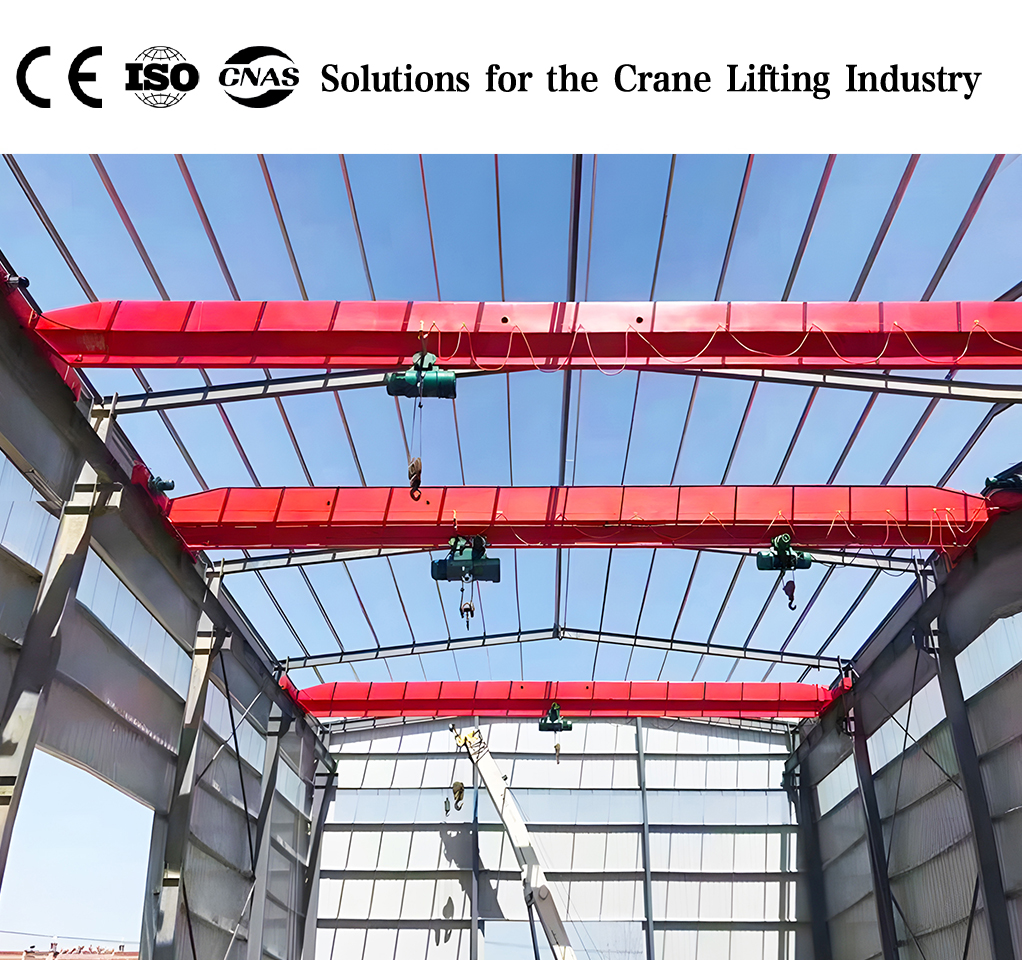Explosion-proof cranes—engineered to eliminate ignition sources through specialized design and materials—stand as critical guardians against disasters in oil refineries, chemical plants, mining shafts, and pharmaceutical facilities. With stringent global safety regulations intensifying and hazardous industry investments rising, this niche market is projected to grow at a 3.4% CAGR through 2029, transforming material handling safety paradigms .

Safety Mandates: Governments enforce protocols like ATEX (EU), IECEx (global), and NEC (US), mandating explosion-rated equipment in volatile zones. Non-compliance risks penalties exceeding $500k per violation 16.
Oil & Gas Investments: Rising energy demands drive exploration in offshore and shale reserves, requiring Ex-certified cranes for drilling platforms and refineries—particularly in North America and Asia-Pacific 14.
Chemical Manufacturing Boom: Global chemical output growth (4.5% annually) necessitates explosion-proof solutions for handling volatile compounds. China’s chemical parks alone deploy 1,200+ specialized cranes yearly 38.
Cost Challenges: Ex-cranes cost 40–60% more than standard models due to copper-aluminum alloys, sealed motors, and certification—a hurdle for SMEs 14.
Awareness Gap: 30% of industries still use conventional cranes in hazardous zones, risking explosions from static sparks or overheating 26.
Global Compliance: Leading cranes meet ATEX Category 1 (Zone 0), IECEx, and UL 583 standards, ensuring operation in methane/hydrogen-rich atmospheres 58.
Explosion-Containment Systems:
Flameproof Enclosures: Cast aluminum housings trap internal explosions.
Intrinsic Safety (IS) Circuits: Limit electrical energy below ignition thresholds .
Non-Sparking Components: Bronze/copper-alloy hooks and trolleys prevent friction-induced sparks .
Corrosion-Resistant Coatings: Epoxy-polyamide layers protect against salt spray in offshore rigs .
IoT Sensors: Track motor temperature, vibration, and gas concentrations, sending real-time alerts via cloud-based platforms .
Predictive Maintenance AI: Reduces downtime by 40% by forecasting bearing failures before they cause overheating .
Table: Top Explosion-Proof Crane Manufacturers & Specializations
| Company | Region | Key Strength | Notable Projects |
|---|---|---|---|
| Konecranes | Global (EU) | ATEX-certified smart cranes | Shell Rotterdam Refinery |
| ABUS | Germany | High-frequency aluminum cranes | BASF Ludwigshafen Chemical Plant |
| Eurocrane Group | China | Cost-effective Ex db IIC T4 solutions | Sinopec Yangzi Petrochemical |
| Weihua Heavy | China | Mining-specialized double-girder cranes | Shaanxi Coal Mine Group |
| KITO Group | Japan | Compact cleanroom Ex-cranes | Pfizer API Facility |
North American and European players dominate high-end markets, while Chinese manufacturers like Eurocrane and Weihua capture 35% of Asia-Pacific demand through aggressive pricing .
Market Leadership: 45% global revenue share, driven by China’s $2.1T oil/chemical sector .
Key Projects: Indonesia’s Morowali Nickel Park uses 50+ Ex-cranes for acid handling; India’s Reliance Jamnagar Refinery deploys 120 units .
Refinery Density: 4,500+ petroleum/chemical sites in Texas alone require ATEX/UL-compliant cranes .
Innovation Hub: Silicon Valley startups develop AI-powered Ex-cranes for battery gigafactories .
ATEX Enforcement: Fines up to 5% of turnover drive demand in German chemical corridors .
Green Transition: Hydrogen production facilities adopt Ex-cranes for electrolyzer handling .
Oil & Gas: Offshore platform cranes withstand salt corrosion + methane risks. Critical Specs: Zone 1 rating, 20-ton LNG tank lifting .
Pharma: Cleanroom-compatible Ex-cranes with 316L stainless steel and ±0.1μm positioning for sterile drug compounding .
Mining: Double-girder cranes with 5,000-hour salt-spray endurance for underground coal gas mitigation .
Grain Handling: Dust-tight hoists prevent silo explosions—NFPA 61 compliance is non-negotiable .
Autonomous Operation: 5G-enabled Ex-cranes at BASF’s Ludwigshafen site achieve 95% hands-free load handling .
Green Materials: Recyclable aluminum girders cut carbon footprint by 30% versus steel .
Hydrogen Fuel Cells: Pilots in EU eliminate diesel emissions in Zone 0 environments .
Digital Twins: Siemens and Konecranes simulate explosion scenarios for design optimization .
Conclusion: Safety as the Catalyst for Innovation
Explosion-proof cranes transcend mere compliance—they embody the convergence of material science, artificial intelligence, and safety engineering. As hydrogen economies expand and chemical output surges, manufacturers who prioritize certification depth (ATEX/IECEx/UL), predictive intelligence, and TCO reduction will dominate the next era of industrial safety. With 32,000 hazardous sites globally still using non-compliant equipment, the mission to replace risk with resilience has only begun .